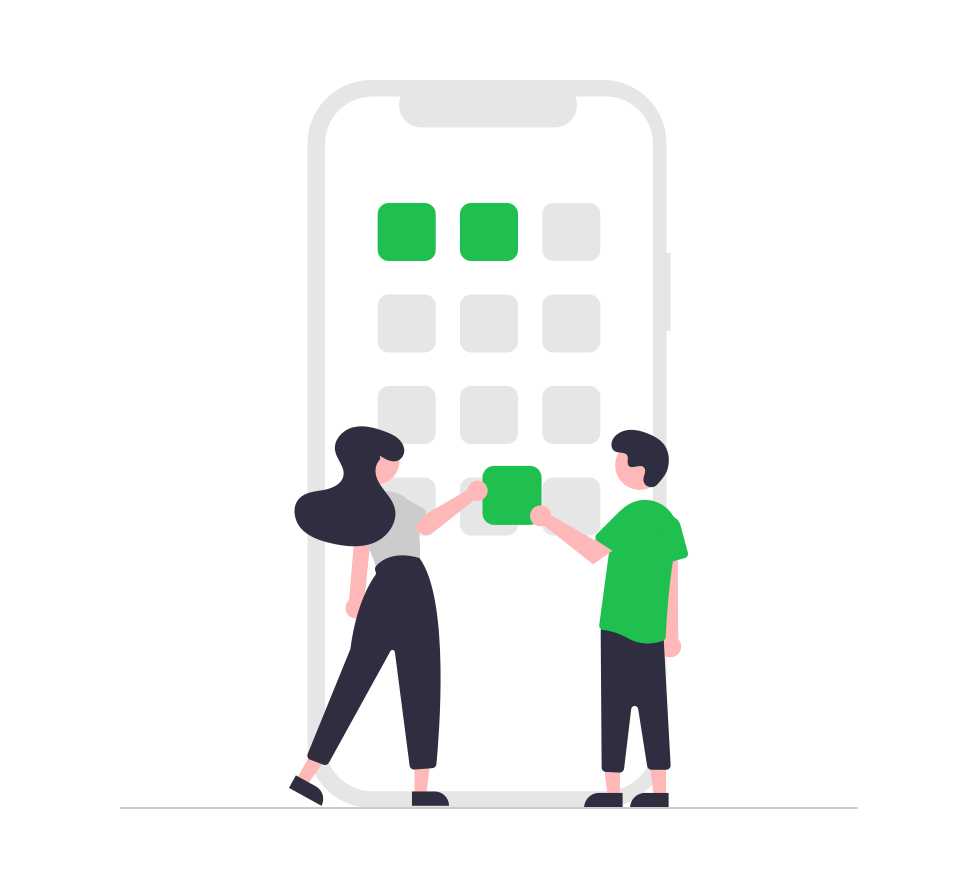When we dream of something, we think of some bold idea to accomplish. It could be anything. We want to go out and reach that goal, and it can feel incredibly satisfying to eventually get there.

However, the thought of making our dreams a reality is easier said than done, and sometimes we feel like we’re in limbo when it comes to seeing it finalised.
That’s where this guide comes in. With these five tips, you’ll be making those dreams of yours a reality in no time!
Read Now: How To Uncover Inspiration
- Write Things Down
First and foremost, to help you figure out not just what your dreams are, but how you’re possibly going to reach them, you should start by writing down your thoughts and ideas. Now, while this may sound basic, you’ll actually find that writing down your thoughts is a rather effective method.
As you write, whether that’s with pen on paper or typing on a computer or laptop, you’ll find that your ideas begin to take shape. You’ll be able to determine what works and what doesn’t, which will then start paving the way for a plan. It’s also good to do this in case you later forget of some of the things that popped into your head.
When it comes to writing, don’t just use it for early plans and preparation. After initial preparation, keep note (in a diary, journal etc.) of all the things you’ve been doing to ensure you achieve your long-term goal. This can be recorded on a daily or weekly basis and provides you with knowledge of what you found worked and what didn’t.
- Take Small Steps
When you’ve figured out what your dreams are and how you’re going to accomplish them, it’s very easy to assume that you can just go headlong into a plan and reach them straight away.
Sadly, life doesn’t work like that. If anything, taking huge strides and rushing into things won’t do you any favours. While you may reach your goal, you won’t be reaching it the way you intended and may ultimately feel unsatisfied by the outcome.

We all know about The Tortoise and the Hare and its moral of “slow and steady wins the race”. By taking your time and making small steps, you’ll be reaching your goal at the required pace while learning of any advantages and disadvantages that could prevent you from getting there in the first place. It’s not about the destination – it’s the journey and what you learn along the way.
Read Now: 8 Quick and Small Changes to a Better Life
- Don’t Give Up
Life is hard. There’s no sugar-coating it. There’s always going to be a challenge or a problem we’ll come across, especially if things seemed to initially be going easy, and it’s very tempting to call it quits there.
Here’s the thing: don’t.
“When the going gets tough, the tough get going”. No doubt you’ve heard this expression before. Basically, it means that a determined person is willing to work hard to reach their goal, which is something you should absolutely be doing. When you persevere, you’ll find yourself overcoming that troublesome obstacle that had initially got in your way.
No matter how hard the challenge will be, there’s no denying that a level of catharsis shall follow knowing you conquered that challenge and proved it could be prevailed over.
Read Now: How to Step into Your Growth Zone
- Embrace Failure
Sometimes, no matter how hard we work and no matter what decisions we’ve made, the only outcome can be failure. Now, you’re reading this thinking “well, that’s a very negative outlook”, aren’t you?
Wrong!
Just because we might’ve failed at something doesn’t mean we should then give up, just as we covered previously. Failure is by no means a terrible thing. Granted, you may feel defeated by it, but the truth is it’s an opportunity to learn. Think about where you went wrong; what could then be improved? The next time around, once you’ve fixed that aspect of your methods, you’ll know the right way to go, and if that fails too, try something else until you have the right solution.

Life is a gamble. Everything can be a risk. The important thing is to take those risks. If they work, they’re a success. If they don’t, it’s just another chance to acquire more knowledge.
Read Now: How to Overcome Fear of Failure
- Find Others Who Share the Same Dreams
There are times when the only things we need are a little bit of encouragement and excitement. A little of these can go a long way, especially when you’re striving to make your dreams come true.
Try talking to others who also share the same dreams as you do. Along the way, you may even learn tips and tricks that can help you even more. Are there things that others are doing that you feel is a method worth trying? Why not try it yourself?
Without finding the motivation to get you going, you’ll never even leave the place you started at.
These were just five ways to help you make your dreams become a reality. If you’d like more advice on making lifestyle changes, don’t hesitate to contact us today at Ceed.
























